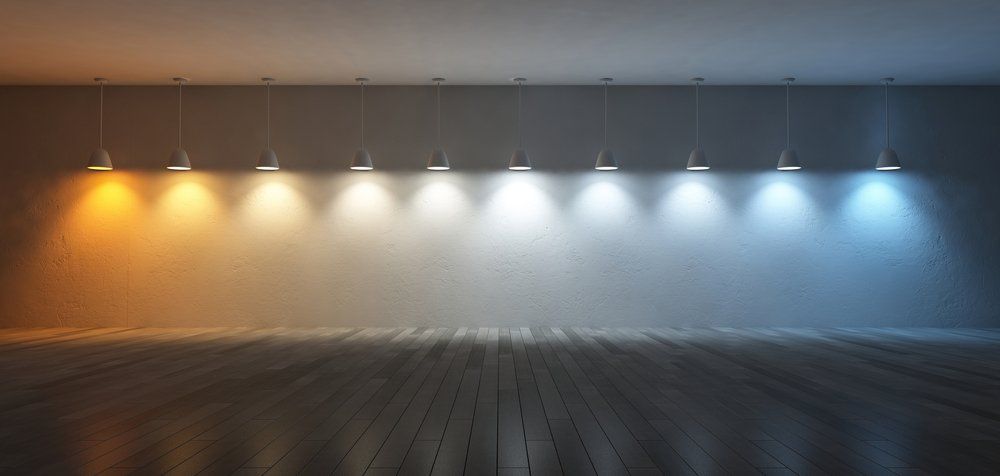Energy-Efficient Lighting Upgrades for Massachusetts Buildings: Reducing Costs and Enhancing Sustainability
Illuminating the Path to Savings: Energy-Efficient Lighting Upgrades for Massachusetts Buildings
In today's environmentally conscious world, building managers and owners are increasingly seeking ways to reduce their energy consumption and environmental impact. One of the most effective and cost-saving measures is upgrading to energy-efficient lighting systems. In Massachusetts, where energy costs are among the highest in the nation, switching to energy-efficient lighting can make a significant difference in both energy savings and overall operational expenses.
The Benefits of Energy-Efficient Lighting
Apart from substantial energy cost reductions, energy-efficient lighting offers a plethora of benefits, including:
- Reduced maintenance costs: Energy-efficient lighting systems, such as LEDs, have significantly longer lifespans than traditional incandescent and fluorescent bulbs, minimizing the frequency of replacements and associated maintenance expenses.
- Improved indoor environment: Energy-efficient lighting systems emit less heat, contributing to a more comfortable and healthier indoor environment for occupants.
- Enhanced productivity: Studies have shown that proper lighting can positively impact employee productivity and well-being. Energy-efficient lighting systems can provide better task illumination and reduce eye strain, leading to increased productivity and job satisfaction.
- Reduced carbon footprint: Energy-efficient lighting systems consume significantly less energy, resulting in a smaller carbon footprint and contributing to sustainability goals.
Specific Energy-Efficient Lighting Recommendations
Massachusetts offers various incentives and rebates to encourage the adoption of energy-efficient lighting technologies. Here are some specific product recommendations that can help building managers and owners reduce energy costs and enhance sustainability:
LED lighting: LEDs (light-emitting diodes) are the most energy-efficient lighting technology available, offering up to 80% energy savings compared to traditional incandescent bulbs. LEDs also have a long lifespan, lasting up to 50,000 hours or more.
T5 fluorescent lamps: T5 fluorescent lamps are an efficient alternative to traditional fluorescent lamps, providing up to 25% more light output while consuming less energy. They also have a longer lifespan than traditional fluorescent lamps.
Occupancy sensors and dimming controls: Occupancy sensors and dimming controls can further reduce energy consumption by automatically turning off lights when spaces are unoccupied or adjusting light levels based on available daylight.
occupancy sensors and dimming controlsOpens in a new window
Additional Energy-Saving Measures
Apart from lighting upgrades, building managers and owners can implement additional energy-saving measures to further reduce their energy consumption and costs:
Regular maintenance: Regularly cleaning lighting fixtures and replacing old ballasts can improve lighting efficiency and reduce energy consumption.
Natural light utilization: Maximize the use of natural light by opening curtains and blinds during the day.
HVAC system optimization: Regularly maintain HVAC systems to ensure efficient operation and minimize energy usage.
Energy-efficient appliances: Replace old appliances with energy-efficient models to reduce energy consumption.
Conclusion
Energy-efficient lighting upgrades present a compelling opportunity for building managers and owners in Massachusetts to reduce energy costs, enhance sustainability, and create a more comfortable and productive work environment. By investing in energy-efficient lighting technologies and implementing additional energy-saving measures, buildings can significantly lower their operational expenses and contribute to a more environmentally conscious future.



